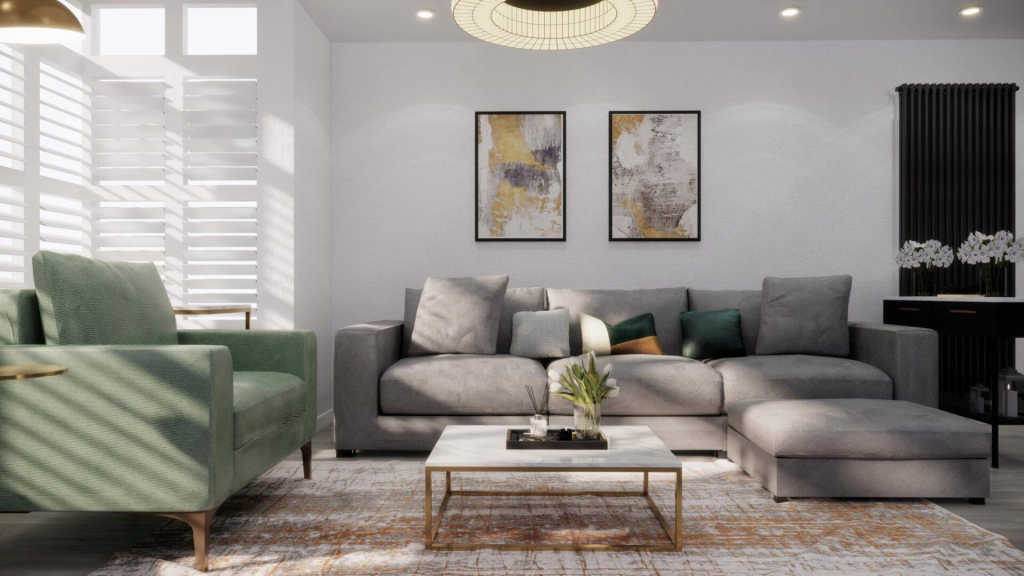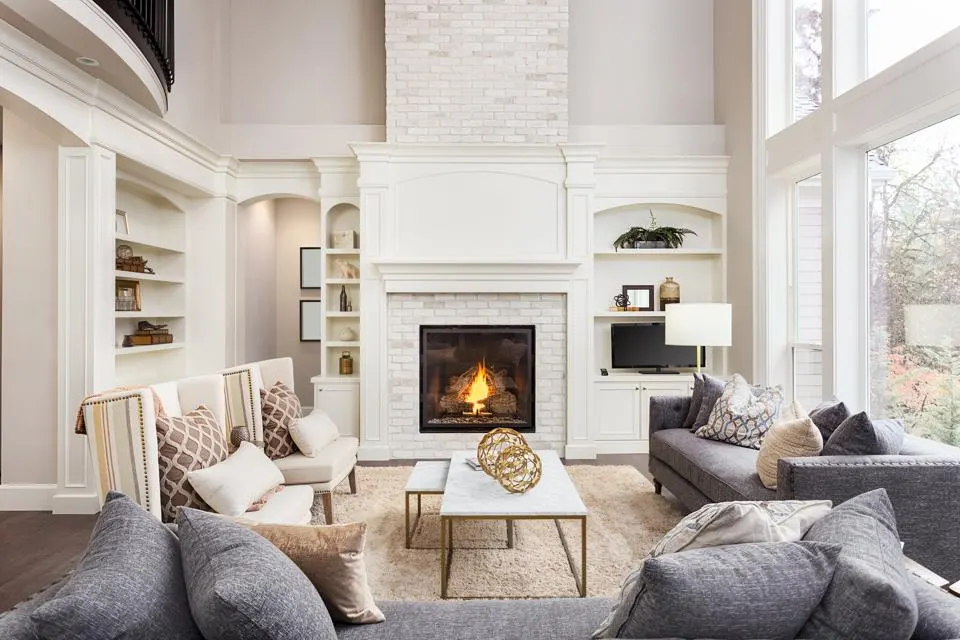Designing a home can be an exciting adventure—full of creativity, inspiration, and potential. But as any interior design expert will tell you, the road to a beautiful, functional space is paved with possible missteps. From mismatched furniture proportions to choosing paint colors too soon, even small decisions can lead to bigger regrets. In this article, we explore the most common interior design mistakes, why they matter, and how the pros suggest avoiding them.
Why Interior Design Mistakes Matter
Interior design is more than just arranging furniture or selecting trendy accents. It’s about creating a space that functions well and feels right. One of the most common consequences of design mistakes is poor functionality. A room that looks good but feels awkward to use can frustrate daily living and diminish the enjoyment of your home.
Experts often emphasize the long-term impact of design errors. While repainting a wall may seem easy, constantly adjusting furniture or living with poor lighting can become a costly cycle. Mistakes can lead to wasted money, time, and stress—especially when they require major changes down the road. That’s why careful planning and understanding design fundamentals are key to avoiding disappointment.
Most Common Interior Design Mistakes

Perhaps one of the most overlooked yet damaging errors is ignoring the function of a space. A room may look stunning in photos but prove entirely impractical for everyday life. For instance, transforming a small home office into a Pinterest-worthy showpiece without accounting for workflow or storage needs can quickly become frustrating.
Another frequent mistake is selecting paint colors too early in the process. Many people rush to pick a shade before other design elements are in place. What looks great under showroom lighting may feel entirely different in your own home, especially once furniture and lighting are introduced. Paint should complement your space—not dictate it.
Furniture scale is another area where homeowners often go astray. An oversized sectional might dominate a modest living room, while tiny chairs in a grand space can make everything feel off-balance. Placement also matters. Pushing all furniture against the walls in hopes of creating more space often does the opposite—it removes intimacy and disrupts the flow.
Lighting is another design cornerstone that is frequently overlooked. Relying solely on overhead lighting flattens a room and strips it of ambiance. A well-designed space includes layers—ambient, task, and accent lighting—to enhance mood, function, and dimension.
Even art placement can throw off a room’s harmony. Hanging artwork too high or spreading it randomly across walls creates visual confusion. Experts recommend positioning art at eye level and considering the surrounding elements to maintain balance.
Then there’s the storage issue. A home that prioritizes beauty but lacks smart storage quickly becomes cluttered and chaotic. Style and organization aren’t mutually exclusive—you can achieve both with thoughtful design choices.
Lastly, many people fall into the trap of over-coordination. While it’s tempting to match everything perfectly, doing so can create a flat, lifeless interior. Instead, designers encourage mixing textures, colors, and styles for a more inviting and layered feel.
Expert Tips to Get It Right
Interior design doesn’t have to be overwhelming. Experts suggest beginning with a clear vision. Creating a mood board, either digitally or physically, can help bring together your inspirations and identify a cohesive style.
While it may be tempting to follow the latest trends, timelessness often trumps trendiness. Avoid design choices that will age quickly or feel outdated in a few seasons. Instead, focus on elements that resonate with your personal style and will stand the test of time.
Another critical tip: invest in pieces that matter. Whether it’s a well-made sofa, quality lighting, or custom storage, certain elements deserve a bigger portion of your budget. These are the items you use daily, and their value will show over time.
Design is a process—not a race. One of the biggest mistakes is rushing to finish a room all at once. Taking your time allows you to adapt, refine, and build a space that truly works for your lifestyle.
And when in doubt, don’t hesitate to ask for help. Interior designers exist for a reason, and even a one-time consultation can provide clarity, direction, and confidence in your choices.
Real-Life Examples of Interior Design Redos

One family in Chicago learned the hard way about furniture scale when their oversized leather sofa overwhelmed their small living room. With the help of a designer, they swapped it for a more streamlined sectional and incorporated floating shelves for vertical storage. The result was a more open, functional space that still felt cozy and inviting.
In another case, a couple redesigned their kitchen around a bold blue paint color, only to realize the hue clashed with their cabinets and made the space feel darker. After reassessing the lighting and selecting a softer neutral tone, the entire room brightened—both visually and emotionally.
Such stories are common, and they reinforce a simple truth: design is a journey of discovery, learning, and sometimes correction.
Final Thoughts: Design with Confidence
Every home tells a story — and like any good story, it has its twists. Interior design mistakes are part of the process, but the key lies in awareness and adaptability. By avoiding the most common pitfalls and following expert advice, you can create a space that reflects who you are and how you live.
Remember: your home doesn’t have to be perfect to be beautiful. Focus on what brings comfort, joy, and function, and the rest will follow naturally.
